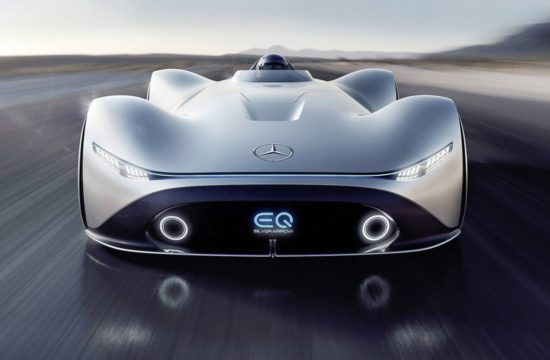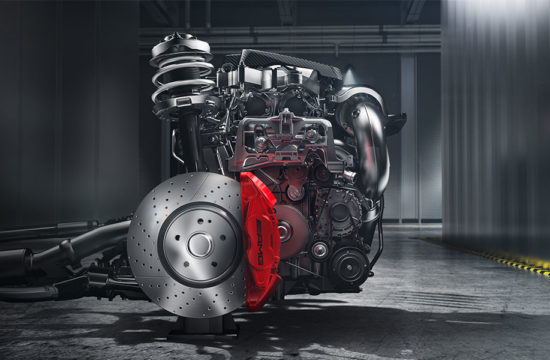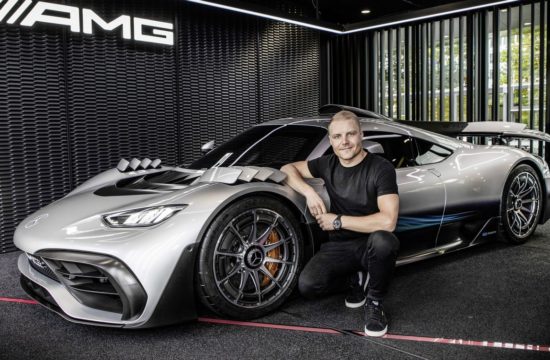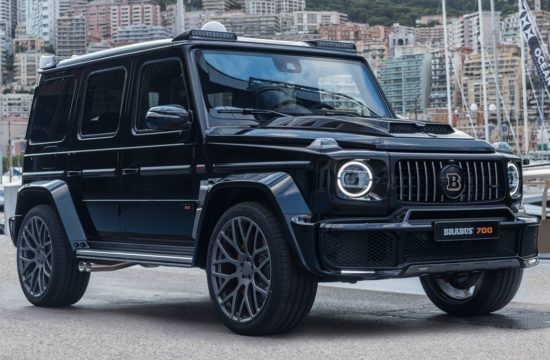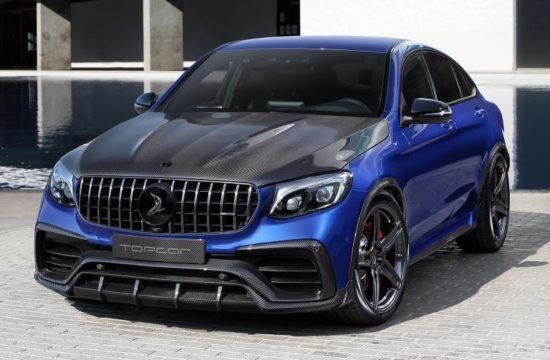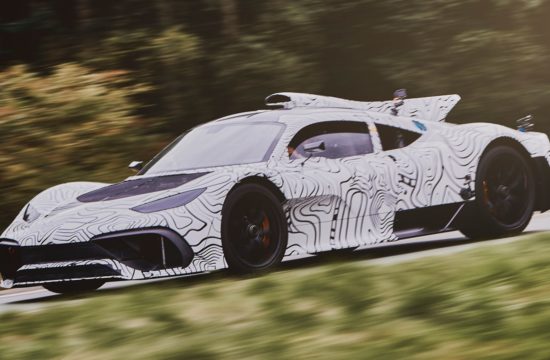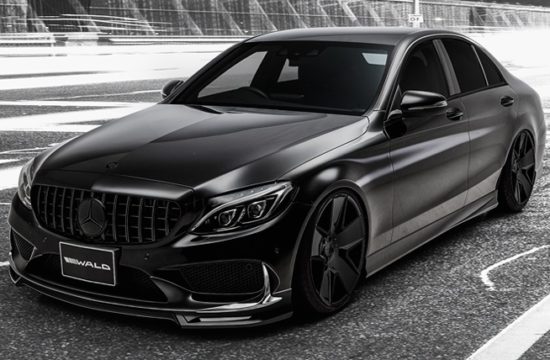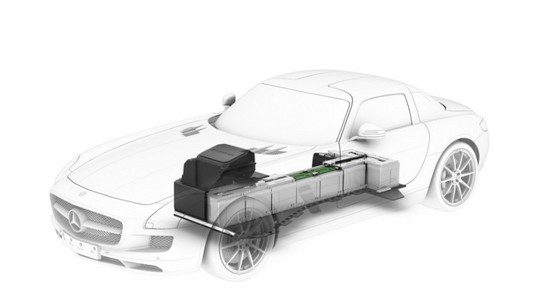
Mercedes released new details and some heartwarming figures on their upcoming electric supercar, the SLS E-CELL. The car will be launched in 2013 to compete with the flood of electric and hybrid sportscar that are currently in development. There’s the Audi R8 e-tron, the Honda NSX, and Infiniti Emerg-e, to name a few. The SLS is fully preapred for the battle.
Let’s cut to the chase and see how much power this green super car has. Well, the E-CELL has four synchronous electric motors with a combined peak output of 392 kW and a maximum torque of 880 Nm. That’s a lot of power!
What that means in terms of performance is the gullwing model accelerates from zero to 100 km/h in 4 seconds, only 0.2 of a second slower than the gas-guzzler SLS AMG.
The Mercedes SLS E-CELL is a very technical car and is made of lightweight materials. It boasts a carbon-fibre monocoque to create extremely rigid structures in terms of torsion and bending, excellent crash performance and low weight. CFRP components are up to 50 percent lighter than comparable steel ones, yet retain the same level of stability. It also has ceramic brakes – measuring 402 x 39 mm at the front and 360 x 32 mm at the rear – and especially tailored ABS and ESP systems.
Here’s some more technical details on the car’s electric drivetrain:
The SLS AMG E-CELL incorporates a liquid-cooled high-voltage lithium-ion battery featuring a modular design with an energy content of 48 kWh. Its development has made use of advanced technology from the world of Formula 1: the battery is the first result of the co-operation between Mercedes-AMG GmbH in Affalterbach and Mercedes AMG High Performance Powertrains (formerly Mercedes-Benz High Performance Engines). Headquartered in Brixworth, England, the company has been working closely with AMG for a number of years. F1 engine experts have benefited from its extensive expertise with the KERS hybrid concept, which made its debut in the 2009 Formula 1 season. At the Hungarian Grand Prix in 2009, Lewis Hamilton achieved the first historic victory for a Formula 1 vehicle featuring KERS hybrid technology in the form of the Mercedes-Benz KER System.
The high-voltage battery consists of 12 modules each comprising 72 lithium-ion polymer cells. This optimised arrangement of a total of 864 cells has benefits not only in terms of best use of the installation space, but also in terms of performance. The maximum electric load potential of the high-voltage battery is 480 kW, which is an absolute best value in the automotive sector. Another technical feature of this considerable performance is the intelligent parallel circuit of the individual battery modules – this also helps to maximise the safety, reliability and service life of the battery. As in Formula 1, the 400-volt battery is charged by means of targeted recuperation during braking whilst the car is being driven.

